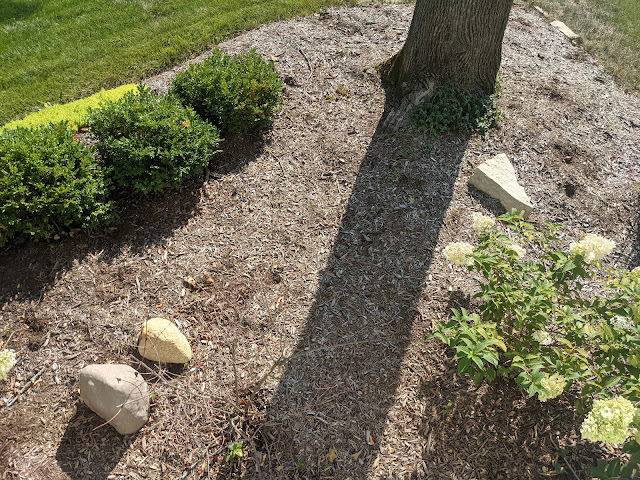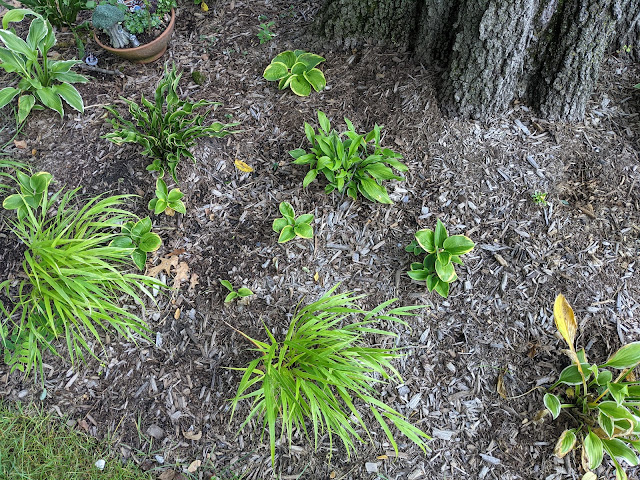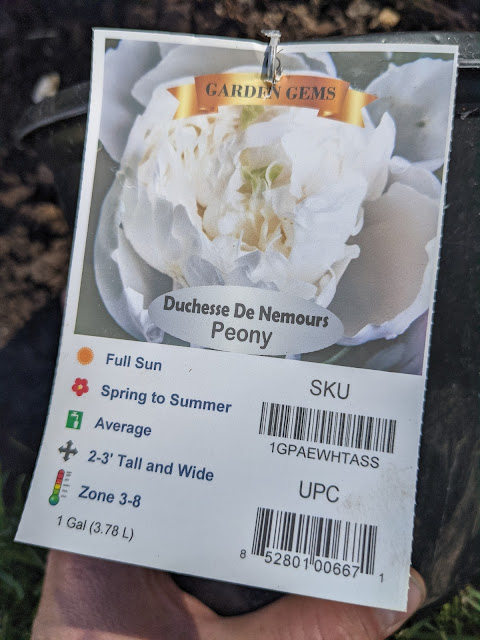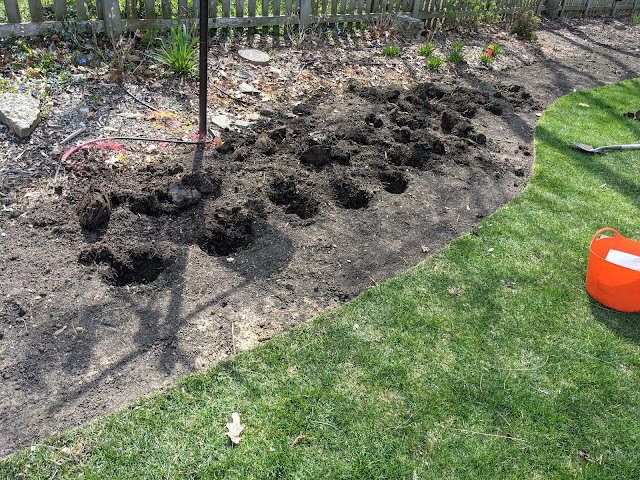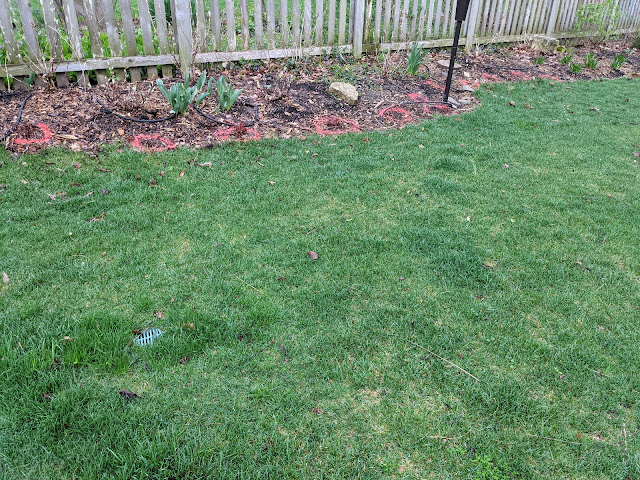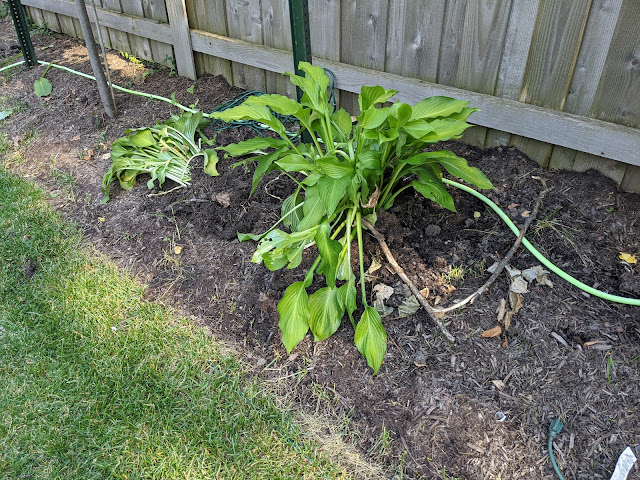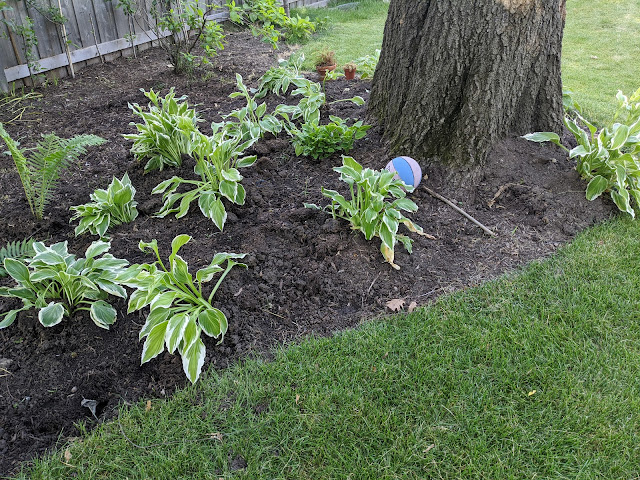Transplanted Lemon Coral Sedum to New Sidewalk Bed - September 2021

A week ago, I finally had enough with a 'tough-to-grow-grass spot' in our front yard . It a little section sandwiched on the ' in between two driveways ' island and right up against the sidewalk. My thought was that part of the reason that the turf goes dormant here every Summer is because the heat radiates off the concrete on two sides and just dries the area out. And, that's certainly part of it. Not to mention that I don't water it enough. But, last week, when I cut this new little bed in , I also discovered that there isn't much soil here. Just a little bit of top soil - like an inch or two - followed by mostly gravel. After I cut out the edge of this little bed and removed the turf, I ended up dumping a few bags of compost in the area to thicken up the area and provide a bit more organic material to allow for things to root in and (hopefully) grow. I then looked around to see if I had any plant material on hand that I could transplant into thi
